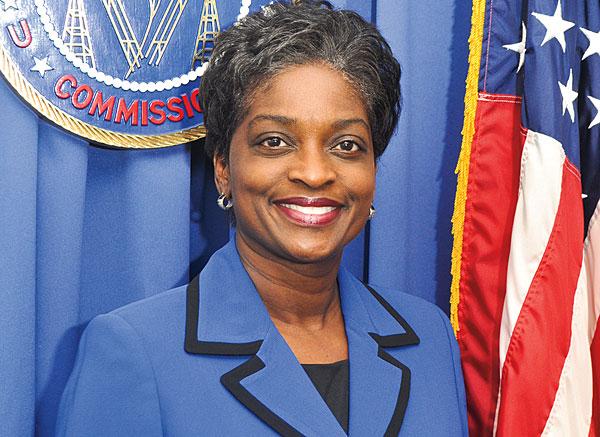TV Airwaves Evolve

ATSC 3.0, the eventual new broadcast standard for the U.S., is already coming to South Korea in LG TVs. Koreans will be getting Ultra HD, HDR, and next-generation surround from the airwaves before we do. U.S. consumers are interested, though. A SmithGeiger survey finds that when consumers are informed about ATSC 3.0 features, their likelihood of buying a smart TV rises from 55 percent to 74 percent, and they’re willing to spend $205 more, raising the average selling price to $1,155.
Emergency alerts may suffer under the new ATSC 3.0 broadcast standard despite its hip geotargeting and other features, warns the American Cable Association. Not that the new standard doesn’t do emergency alerts brilliantly—the problem is that it is not backward-compatible with existing ATSC 1.0, and some broadcasters may try to wiggle out of simulcasting requirements. That’s a problem because Americans prefer broadcast TV for emergency alerts over other media by four to one, according to a survey conducted for the National Association of Broadcasters.
The process of TV stations evolving from local institutions to cookie-cutter corporate entities is accelerating under new FCC chair Ajit Pai. He is preparing to loosen the commission’s TV-station cross-ownership rules. The likely result will be fewer companies controlling more stations in what The New York Times is describing as a “deal-making frenzy,” most recently Sinclair broadcasting’s acquisition of 14 New York–area stations for $240 million. Though Sinclair-owned stations include affiliates of multiple networks, they are all required to air “must-run” news content with a conservative bent. During the 2016 campaign season, that included several “exclusive interviews” and other stories favorable to President Trump.
Another blow to localism would be the proposed elimination of the “main studio rule” for TV and radio stations. The 70-year-old rule requires a station to maintain a studio in or near the community it serves. The studio is required to have full-time management and staff, to originate local programming covering local issues, and to accept input from the community. Foes of the main studio rule claim “modern communications” make it a needless regulatory burden. But FCC commissioner Mignon Clyburn says stations should have “either boots on the ground or someone there answering the phone to ensure that the public interests are upheld.”
See ATSC 3.0: TV's Next Generation for more information on the new TV broadcast standard.
























































